Ketosis and joint pain. Ketogenic Diet and Rheumatoid Arthritis: Impact on Joint Pain and Inflammation
Can the ketogenic diet help reduce joint pain and inflammation in rheumatoid arthritis patients. Is keto a suitable dietary approach for managing RA symptoms. What are the potential risks and benefits of following a ketogenic diet for individuals with rheumatoid arthritis.
The Ketogenic Diet: A Brief Overview
The ketogenic diet, commonly known as keto, has gained significant popularity in recent years as a weight loss strategy. This high-fat, low-carb dietary approach aims to force the body into a state of ketosis, where it burns fat for fuel instead of carbohydrates. While many people have reported success with weight loss on the keto diet, its effects on inflammatory conditions like rheumatoid arthritis (RA) are more complex and controversial.
How does the ketogenic diet work?
The ketogenic diet typically involves:
- Drastically reducing carbohydrate intake (usually to less than 50g per day)
- Increasing fat consumption to 70-80% of total caloric intake
- Moderate protein intake (about 20% of calories)
- Eliminating or severely restricting grains, fruits, and many vegetables
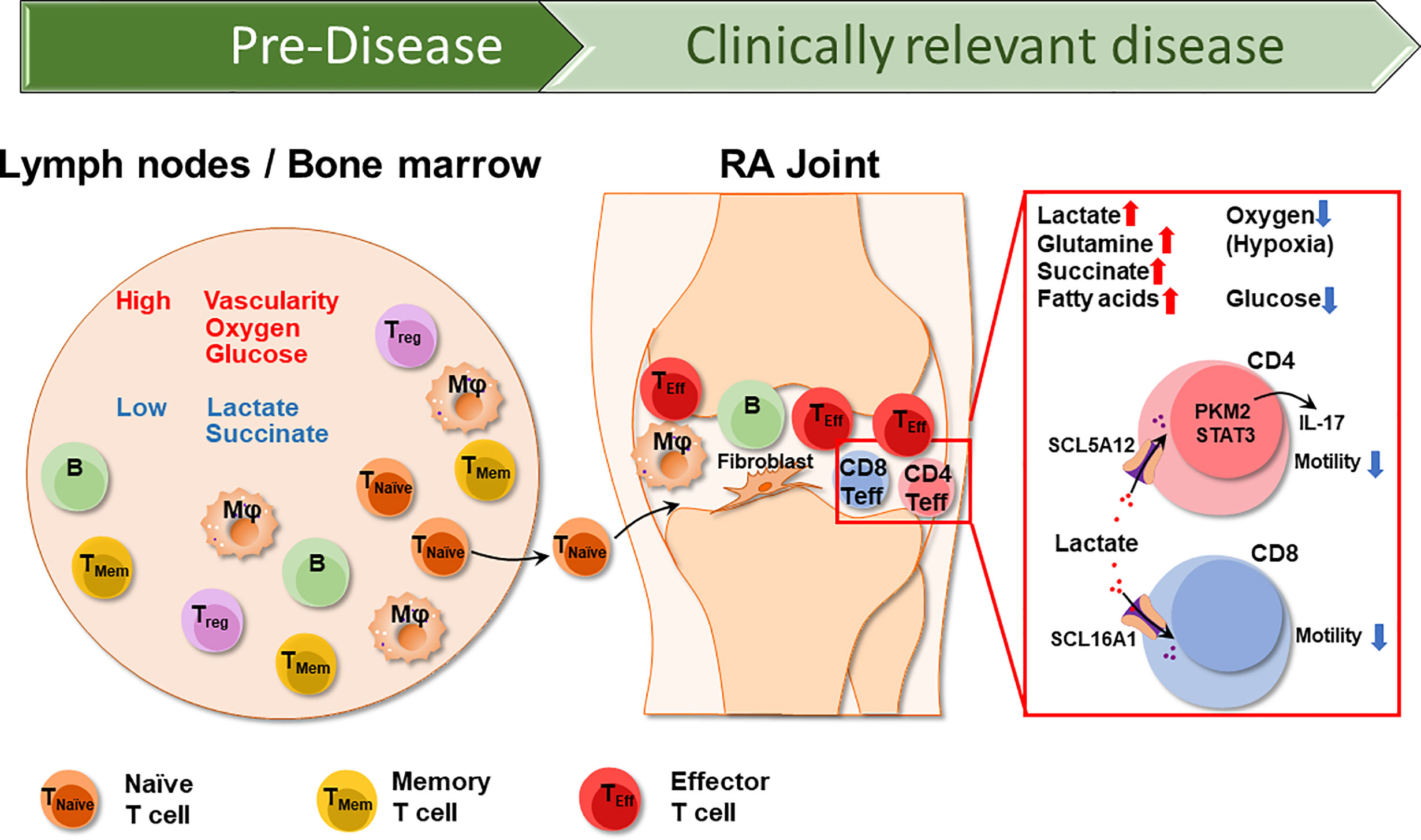
This macronutrient shift aims to induce a metabolic state called ketosis, where the body relies primarily on ketones (derived from fat) for energy rather than glucose from carbohydrates.
Ketosis and Its Potential Impact on Joint Pain
The relationship between ketosis and joint pain is complex and not fully understood. While some proponents suggest that the ketogenic diet may help reduce inflammation and alleviate joint pain, the scientific evidence supporting this claim is limited and mixed.
Potential benefits of ketosis for joint health
Some proposed mechanisms by which ketosis might potentially benefit joint health include:
- Reduced inflammation: Some studies suggest that ketones may have anti-inflammatory properties.
- Weight loss: Shedding excess pounds can reduce stress on joints, potentially alleviating pain.
- Decreased oxidative stress: Ketones may help protect cells from oxidative damage.
Concerns about ketosis and joint health
Despite potential benefits, there are several concerns about the impact of ketosis on joint health:
- Increased inflammation from saturated fats
- Nutrient deficiencies due to restricted food choices
- Potential exacerbation of existing inflammatory conditions

The Keto Diet and Rheumatoid Arthritis: A Controversial Relationship
When it comes to rheumatoid arthritis, the ketogenic diet’s potential effects are particularly contentious. While some individuals with RA report improvements in symptoms on a keto diet, many experts express concerns about its suitability for managing this autoimmune condition.
Expert opinions on keto for RA
Dr. Lona Sandon, PhD, RDN, an associate professor in the department of clinical nutrition at UT Southwestern in Dallas who also has rheumatoid arthritis, strongly advises against the ketogenic diet for people with RA. She states, “It’s not a good choice for people with systemic inflammatory conditions, because it completely goes against the science we know that prevents inflammation in the body.”
Why keto may not be joint-friendly for RA patients
Several factors contribute to the potential unsuitability of the ketogenic diet for individuals with rheumatoid arthritis:
- High saturated fat content: The keto diet often relies heavily on saturated fats, which can increase inflammation markers in the body.
- Nutrient deficiencies: Eliminating entire food groups may deprive the body of essential vitamins and minerals crucial for managing RA.
- Increased inflammatory compounds: Certain fatty acids found in red meats, often consumed in higher quantities on a keto diet, can promote cytokines and leukotrienes that exacerbate inflammation and joint damage.

The Role of Nutrition in Managing Rheumatoid Arthritis
While the ketogenic diet may not be ideal for individuals with RA, proper nutrition plays a crucial role in managing symptoms and overall health. A balanced, anti-inflammatory diet can help reduce joint pain, swelling, and fatigue associated with rheumatoid arthritis.
Key nutrients for RA management
Individuals with rheumatoid arthritis may benefit from focusing on the following nutrients:
- Omega-3 fatty acids: Found in fatty fish, walnuts, and flaxseeds
- Antioxidants: Abundant in colorful fruits and vegetables
- Vitamin D: Important for bone health and immune function
- Fiber: Helps reduce inflammation and supports gut health
The Mediterranean Diet: A Better Alternative for RA Patients
Many experts recommend the Mediterranean diet as a more suitable approach for individuals with rheumatoid arthritis. This eating pattern emphasizes plant-based foods, healthy fats, and moderate amounts of lean protein.
Benefits of the Mediterranean diet for RA
The Mediterranean diet offers several advantages for people with rheumatoid arthritis:
- Rich in anti-inflammatory foods
- Provides a wide range of essential nutrients
- Supports heart health and overall well-being
- Allows for greater dietary flexibility and sustainability
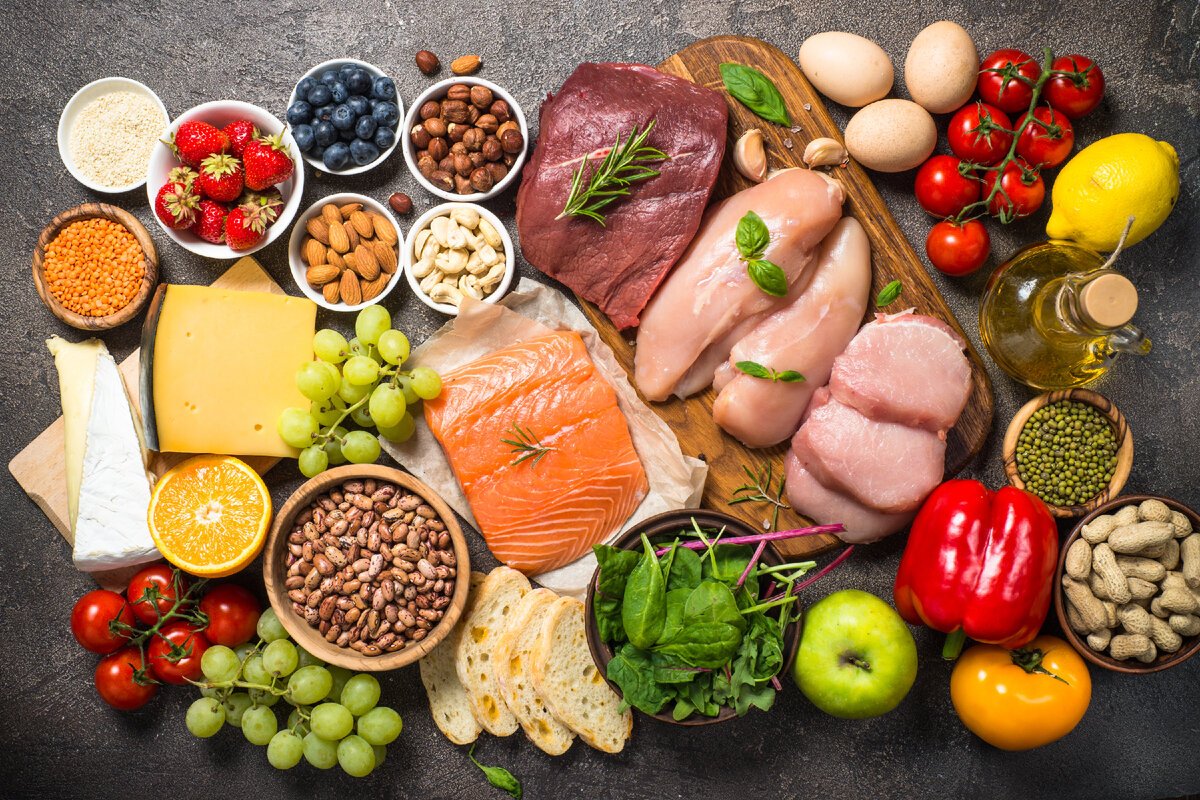
Research published in the journal Frontiers in Nutrition in November 2017 investigated dietary interventions for rheumatoid arthritis and determined that an ideal meal would include raw or moderately cooked vegetables (lots of greens and legumes), with the addition of spices like turmeric and ginger, seasonal fruits, and probiotic yogurt. These foods are good sources of natural antioxidants and deliver anti-inflammatory effects.
The ITIS Diet: A Promising Approach for RA Symptom Management
Recent research has shed light on a new dietary approach specifically tailored for individuals with rheumatoid arthritis. The ITIS (inflammation) diet, based on the Mediterranean diet but focusing on specific anti-inflammatory foods, has shown promising results in managing RA symptoms.
What is the ITIS diet?
The ITIS diet is a modified version of the Mediterranean diet that emphasizes:
- Foods known for their anti-inflammatory properties
- Specific ingredients that may help reduce pain and inflammation
- A balance of nutrients to support overall health and well-being
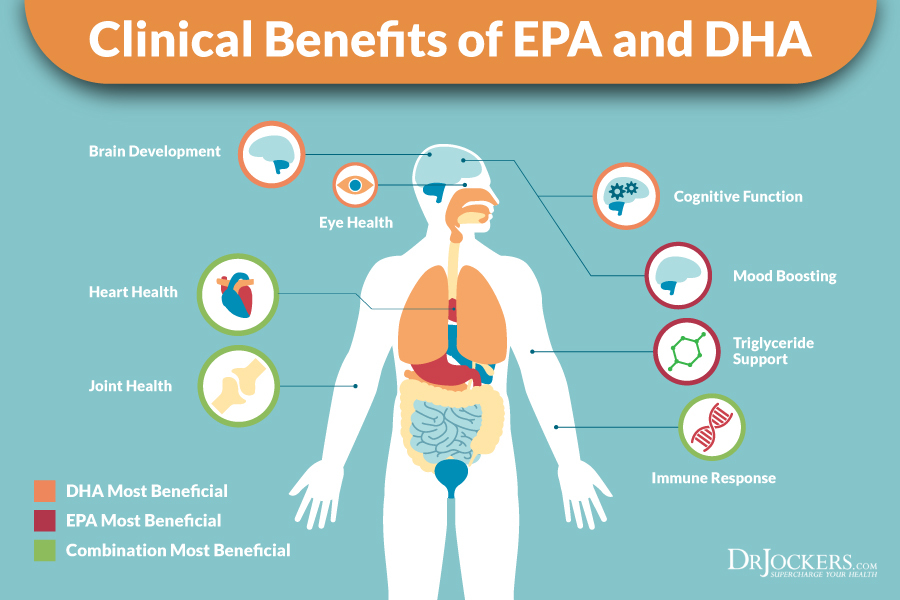
Research findings on the ITIS diet
A study presented at the 2021 American College of Rheumatology Convergence virtual conference reported that participants following the ITIS diet experienced:
- Reduced pain levels
- Decreased joint swelling
- Approximately 50% reduction in fatigue for some individuals
These findings suggest that the ITIS diet may be a promising dietary approach for managing RA symptoms and improving quality of life for those living with the condition.
Personalized Nutrition for Rheumatoid Arthritis Management
While certain dietary patterns, such as the Mediterranean and ITIS diets, show promise for managing rheumatoid arthritis symptoms, it’s important to recognize that there is no one-size-fits-all approach. Individual responses to different foods and dietary patterns can vary significantly.
Factors influencing dietary responses in RA
Several factors may influence how an individual with RA responds to different dietary approaches:
- Genetic predisposition
- Gut microbiome composition
- Overall health status and comorbidities
- Medication regimens
- Lifestyle factors (e.g., stress levels, physical activity)

Working with healthcare professionals
Given the complexity of managing rheumatoid arthritis through diet, it’s crucial for individuals to work closely with their healthcare team, including rheumatologists and registered dietitians. These professionals can help:
- Assess individual nutritional needs
- Identify potential food triggers or sensitivities
- Develop personalized dietary strategies
- Monitor progress and adjust recommendations as needed
As Christine Palumbo, RD, a nutrition expert in Naperville, Illinois, notes, “When it comes to minimizing the symptoms of RA, no one diet works for everyone. It depends on the person.”
Lifestyle Factors Beyond Diet for Managing RA
While nutrition plays a crucial role in managing rheumatoid arthritis, it’s important to consider other lifestyle factors that can impact symptoms and overall well-being. A comprehensive approach to RA management often includes:
Exercise and physical activity
Regular, low-impact exercise can help:
- Improve joint flexibility and range of motion
- Strengthen muscles supporting affected joints
- Reduce pain and stiffness
- Boost overall energy levels and mood

Stress management techniques
Chronic stress can exacerbate RA symptoms. Effective stress management strategies may include:
- Mindfulness meditation
- Deep breathing exercises
- Yoga or tai chi
- Cognitive-behavioral therapy
Adequate sleep and rest
Proper sleep hygiene and rest are essential for managing RA symptoms. Tips for improving sleep quality include:
- Maintaining a consistent sleep schedule
- Creating a relaxing bedtime routine
- Optimizing the sleep environment (e.g., comfortable mattress, cool temperature)
- Limiting screen time before bed
The Future of Nutrition Research in Rheumatoid Arthritis
As our understanding of the complex relationship between diet and rheumatoid arthritis continues to evolve, researchers are exploring new avenues for nutritional interventions. Some promising areas of investigation include:
Gut microbiome and RA
Emerging research suggests that the gut microbiome may play a significant role in RA development and progression. Future studies may focus on:
- Identifying specific bacterial strains associated with RA
- Developing targeted probiotic therapies
- Exploring the impact of prebiotic foods on RA symptoms

Nutrigenomics and personalized nutrition
The field of nutrigenomics, which examines the interaction between genes and diet, holds promise for developing more personalized nutritional approaches for RA management. Future research may:
- Identify genetic markers that influence dietary responses in RA patients
- Develop tailored nutritional recommendations based on individual genetic profiles
- Explore gene-diet interactions that may influence RA risk and progression
Novel anti-inflammatory compounds
Ongoing research is investigating the potential of various natural compounds for their anti-inflammatory properties. Some areas of interest include:
- Polyphenols found in fruits, vegetables, and herbs
- Omega-3 fatty acid derivatives with enhanced anti-inflammatory effects
- Bioactive peptides from plant and animal sources
As research in these areas progresses, it may lead to more effective and personalized dietary strategies for managing rheumatoid arthritis symptoms and improving overall quality of life for those living with the condition.
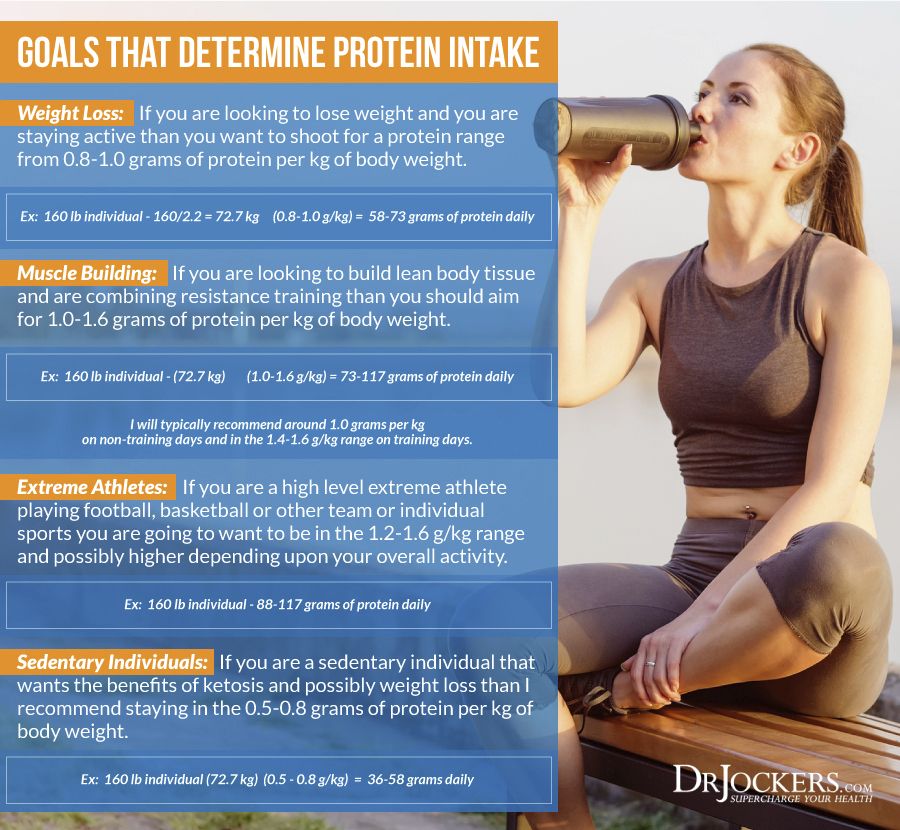
Will Keto Help Reduce Rheumatoid Arthritis Joint Pain + Inflammation?
It can be beneficial to drop extra weight when you have joint pain, but it’s important to shed it wisely. The nutrients you eat, whether you’re on a diet or not, are the essential ingredients for good health. The ketogenic diet, the buzzworthy high-fat, low-carb plan commonly called keto, is based on the idea that cutting out carbohydrates — the body’s primary source of energy — forces the body to burn fat for fuel, supercharging your weight loss.
RELATED: The Best Foods to Add to Your Diet to Fight Rheumatoid Arthritis
But eliminating grains, fruits, many vegetables, as well as other healthy foods from your diet depletes your body of the vitamins and minerals you need to stay in balance. “It’s not a good choice for people with systemic inflammatory conditions, because it completely goes against the science we know that prevents inflammation in the body,” says Lona Sandon, PhD, RDN, an associate professor in the department of clinical nutrition at UT Southwestern in Dallas, who also has rheumatoid arthritis.
Why Keto Isn’t Joint-Friendly
Extra weight isn’t ideal for anybody’s joint health, so deciding to shed some pounds if you’re overweight is a wise choice. But the keto diet is very high in saturated fat — which can help you feel satisfied but can increase inflammation markers, or signs of inflammation measured by blood tests. “The type of fat you eat matters. Poly- and monounsaturated fats that come from foods such as fish, walnuts, and olive oil are best to help decrease inflammation, which is the root cause of joint pain. This diet is higher in the fats that promote inflammation,” says Dr. Sandon. “If your keto diet contains a fair amount of red meat, you will be eating more of the types of saturated fats that increase the inflammatory compounds that make you feel worse.” One type of fatty acid that’s found in higher amounts in red meats promotes the cytokines and leukotrienes that cause more damage and inflammation in the body, according to Sandon.
Plus, if you eliminate entire food groups from your diet — and in turn essential nutrients — you’ll deprive your body of optimal nutrition. “It is absolutely terrible for people with RA,” says Sandon. “People with RA need more antioxidant vitamins [which are found in fruits and vegetables] than those who do not live with a chronic inflammatory disorder.”
“It is absolutely terrible for people with RA,” says Sandon. “People with RA need more antioxidant vitamins [which are found in fruits and vegetables] than those who do not live with a chronic inflammatory disorder.”
RELATED: Does the Autoimmune Protocol Diet (AIP) Help Rheumatoid Arthritis?
Why Keto Is a Short-Term Weight Loss Fix
The goal of the keto diet is to get your body into a state of ketosis, which is when you don’t have enough carbohydrates to burn for energy, and you start to burn fat instead. “If you can get through the first three days to get into ketosis, it can help shut down appetite and control cravings,” says Sandon. “From a weight loss perspective, it can be effective in the short term. But eventually you do get hungry, and you need to get back to eating regular food again.”
The Better Way to Eat to Control Inflammation
Many experts agree that the Mediterranean diet is advised for people who have RA, as well as other types of arthritis. It emphasizes a plant-based eating approach, loaded with vegetables and healthy fats, including olive oil and omega-3 fatty acids from fish.
It emphasizes a plant-based eating approach, loaded with vegetables and healthy fats, including olive oil and omega-3 fatty acids from fish.
It is the only diet suggested in the American College of Rheumatology’s draft guidelines for integrative treatment of RA. It’s also the dietary approach with the most solid data behind it. Research published in the journal Frontiers in Nutrition in November 2017 investigated dietary interventions for rheumatoid arthritis and determined that an ideal meal would include raw or moderately cooked vegetables (lots of greens and legumes), with the addition of spices like turmeric and ginger, seasonal fruits, and probiotic yogurt — all of which are good sources of natural antioxidants and deliver anti-inflammatory effects. They also recommend avoiding processed foods, foods with high sodium levels, oils, butter, sugar, and animal products.
RELATED: 10 Foods That Fight Inflammation
The ITIS Diet May Help Ease Fatigue, Joint Swelling, and Other RA Symptoms
Research presented at the 2021 American College of Rheumatology Convergence virtual conference found that the ITIS, or inflammation diet, which is based on the Mediterranean diet but pinpoints specific foods known for their anti-inflammatory and pain-reducing qualities, helped study participants report less pain, swelling, and for some, about half the fatigue they typically experience while living with RA.
Is There a Perfect Diet for People With Rheumatoid Arthritis?
When it comes to minimizing the symptoms of RA, no one diet works for everyone. “It depends on the person,” says Christine Palumbo, RD, a nutrition expert in Naperville, Illinois. “For some people, gluten can be a trigger. For others, salmon, nuts, or eggplant can be inflammatory.” She suggests that people who have joint pain associated with RA should consider food sensitivity testing or try an elimination or exclusion diet where you avoid common culprit foods, such as dairy, gluten, nightshade vegetables (which include tomatoes, white potatoes, and bell peppers), and alcohol.
Why Keto Isn’t Healthy for Your Joints
Carrying extra weight isn’t ideal for anybody’s joint health, so deciding to lose weight is a wise choice. But the keto diet is very high in saturated fat — which can help you feel satisfied but can increase inflammation markers, or signs of inflammation measured by blood tests. “The type of fat you eat matters, poly and monounsaturated fats that come from foods such as fish, walnuts, and olive oil are best to help decrease inflammation, which is the root cause of joint pain. This diet is higher in the fats that promote inflammation,” says Dr. Sandon. “If your keto diet contains a fair amount of red meat, you will be eating more of the types of saturated fats that increase the inflammatory compounds that make you feel worse.” One type of fatty acid that’s found in higher amounts in red meats promotes the cytokines and leukotrienes that cause more damage and inflammation in the body, according to Sandon.
“The type of fat you eat matters, poly and monounsaturated fats that come from foods such as fish, walnuts, and olive oil are best to help decrease inflammation, which is the root cause of joint pain. This diet is higher in the fats that promote inflammation,” says Dr. Sandon. “If your keto diet contains a fair amount of red meat, you will be eating more of the types of saturated fats that increase the inflammatory compounds that make you feel worse.” One type of fatty acid that’s found in higher amounts in red meats promotes the cytokines and leukotrienes that cause more damage and inflammation in the body, according to Sandon.
Plus, eliminating entire food groups from your diet — and in turn essential nutrients — is depriving your body of optimal nutrition. “It is absolutely terrible for people with RA,” says Sandon. “People with RA need more antioxidant vitamins [which are found in fruits and vegetables] that those who do not live with a chronic inflammatory disorder.”
RELATED: Does the Autoimmune Protocol Diet (AIP) Help Rheumatoid Arthritis?
Why Keto Is a Short-Term Weight Loss Fix
The goal of the keto diet is to get your body into a state of ketosis, which is when your body doesn’t have enough carbohydrates to burn for energy, so it starts to burn fat instead. “If you can get through the first three days to get into ketosis, it can help to shut down appetite and control cravings,” says Sandon. “From a weight loss perspective, it can be effective in the short term. But eventually you do get hungry, and you need to get back to eating regular food again.”
“If you can get through the first three days to get into ketosis, it can help to shut down appetite and control cravings,” says Sandon. “From a weight loss perspective, it can be effective in the short term. But eventually you do get hungry, and you need to get back to eating regular food again.”
The Better Way to Eat to Help Control Inflammation
Many experts agree that the Mediterranean diet is advised for people who have RA, as well as other types of arthritis. It emphasizes a plant-based eating approach, loaded with vegetables and healthy fats, including olive oil and omega-3 fatty acids from fish.
It’s also the dietary approach with the most solid data behind it. Research published in the journal Frontiers in Nutrition investigated dietary interventions for rheumatoid arthritis and determined that an ideal meal would include raw or moderately cooked vegetables (lots of greens and legumes), with the addition of spices like turmeric and ginger, seasonal fruits, and probiotic yogurt — all of which are good sources of natural antioxidants and deliver anti-inflammatory effects. They also recommend avoiding processed foods, foods with high sodium levels, oils, butter, sugar, and animal products.
They also recommend avoiding processed foods, foods with high sodium levels, oils, butter, sugar, and animal products.
RELATED: 10 Foods That Fight Inflammation
The ITIS Diet May Help Ease Fatigue, Joint Swelling, and Other RA Symptoms
Research presented at the 2021 American College of Rheumatology Convergence virtual conference found that the ITIS, or inflammation diet, which is based on the Mediterranean Diet but pinpoints specific foods known for their anti-inflammatory and pain-reducing qualities, helped study participants report less pain, swelling, and for some, about half the fatigue they typically experience while living with RA.
Is There a Perfect Diet for People With Rheumatoid Arthritis?
When it comes to minimizing the symptoms of RA, no one diet works for everyone. “It depends on the person,” says Christine Palumbo, RD, a nutrition expert in Naperville, Illinois. “For some people, gluten can be a trigger. For others, salmon, nuts, or eggplant can be inflammatory.” She suggests that people who have joint pain associated with RA should consider food sensitivity testing or try an elimination or exclusion diet where you avoid common culprit foods, such as dairy, gluten, nightshade vegetables (which include tomatoes, white potatoes, and bell peppers), and alcohol.
For others, salmon, nuts, or eggplant can be inflammatory.” She suggests that people who have joint pain associated with RA should consider food sensitivity testing or try an elimination or exclusion diet where you avoid common culprit foods, such as dairy, gluten, nightshade vegetables (which include tomatoes, white potatoes, and bell peppers), and alcohol.
What Does Arthritis Pain Feel Like?
There are two arthritis types: inflammatory (rheumatoid arthritis) versus mechanical (osteoarthritis). Both involve the joints but other symptoms and …
By Diana Rodriguez
Can Mindfulness Meditation Ease Rheumatoid Arthritis Pain?
Mindfulness-based stress reduction (MBSR) programs may help people with rheumatoid arthritis. Learn how it helps reduce perception of pain and other RA…
By Meryl Davids Landau
Rheumatoid Arthritis Diagnosis
To diagnose rheumatoid arthritis, doctors take many steps. There is no single test that can definitively diagnose RA. Learn about the process for this…
There is no single test that can definitively diagnose RA. Learn about the process for this…
By Joseph Bennington-Castro
Top Assistive Devices for Rheumatoid Arthritis
Rheumatoid arthritis can make it tough to dress, cook, and clean, but simple devices can make everyday tasks easier without stressing your joints.
By Connie Brichford
How Rheumatoid Arthritis Affects the Lungs
Besides damaging joints, rheumatoid arthritis can hurt the lungs. Learn about interstitial lung disease (RA-ILD) and lung protection.
By Connie Brichford
8 Ways to Prevent Rheumatoid Arthritis Joint Damage
Rheumatoid arthritis can leave joints feeling painful and stiff. Find out how exercise, a healthy diet, and other healthy habits can help.
By Diana Rodriguez
7 Top Cities for People With Rheumatoid Arthritis
Abundant sunshine, good transportation, and a low-stress lifestyle are just a few key qualities that help determine which cities are rheumatoid arthritis. ..
..
By Beth W. Orenstein
How to Sleep Better With Rheumatoid Arthritis
A range of sleep problems are related to rheumatoid arthritis. These tips can help you get good quality sleep — which is important for managing inflammation…
By Christine Bahls
Keto Flu: Symptoms, Causes & How to Fix it
Last updated on September 9th, 2022
Nowadays, many people are going after the ketogenic diet for weight management. Lowering the carb consumption to a minimum might aid in losing a few pounds. That too, in the initial few weeks to months. Any treatment may result in undesirable outcomes. And, the ketogenic diet is no different. One of the most well-exposed complications of ketosis is known as “keto flu.”
Table of Contents
What is Keto Flu?
Keto flu is a range of signs that might arise 2-7 days after initiating a ketogenic diet. Some of the common signs include weakness, headache, nausea, irritation, sleeping problems, and constipation. It is hard to explain exactly what takes place after altering one’s diet. As, it completely depends upon individual’s observations and experiences. These signs might not be exceptional to the ketogenic diet. Few patients may notice similar signs after reducing intake of processed foods. While, few may decide to follow an elimination or an anti-inflammatory diet.
Some of the common signs include weakness, headache, nausea, irritation, sleeping problems, and constipation. It is hard to explain exactly what takes place after altering one’s diet. As, it completely depends upon individual’s observations and experiences. These signs might not be exceptional to the ketogenic diet. Few patients may notice similar signs after reducing intake of processed foods. While, few may decide to follow an elimination or an anti-inflammatory diet.
Source: Keto-mojo.com
Keto Flu Causes
A person’s major energy source is carbohydrate. While on keto diet, individual lowers his or her carb consumption to below 50 grams per day. This can be compared with the advisable value i.e., 200 to 300 grams per day.
When the body fails to consume enough carbs for energy, the liver starts forming sugar, using its stores. This process is known as glucogenesis. Thus, liver won’t be capable of producing enough glucose to maintain the energy demands of the body.
Then, the body begins to break down fatty acids. This results in production of ketone bodies. Process is known as ketogenesis. Body tissues then make use of ketone bodies as fuel. And, the person goes in the state of ketosis.
The deficiency of carbs reduces the amount of insulin in the blood. Consequently, individuals might experience an increase in the quantity of sodium, potassium, and water liberated in the urine. And, this causes dehydration.
Also Read: Normal Blood Sugar Levels
Signs of Keto Flu
Converting to a very low-carbohydrate diet is a drastic change. And, a person’s body might require time to acclimatize to this new way of consuming. For a few individuals, this transition period might be extremely challenging. Symptoms of keto flu might begin cropping up within some days of decreasing carbs. Signs can be mild to severe and may differ from individual to individual. Also, few individuals might change to a ketogenic diet without any side effects. And, other might experience one or more of the following signs:
And, other might experience one or more of the following signs:
- nausea
- vomiting
- muscle cramps and pain
- irritation
- drowsiness
- fatigue
- sugar cravings
- constipation
- diarrhoea
- headache
- stomach pain
- poor concentration
- difficulty sleeping
These signs commonly occur in people who have just started the ketogenic diet. Signs might be upsetting and they typically last about a week. Few individuals might experience them for a longer duration of time.
Also Read: HbA1c Normal Range
What to Do For Keto Flu?
Protecting the body from damage of chronic inflammation can be the first step. Chronic, low-grade inflammation might turn into a silent killer. And, this may add to heart diseases, cancer, type 2 diabetes and other chronic problems. Keto flu may leave a person feeling miserable. Fortunately, there are ways to lower down its flu-like signs. Also, they aid a person’s body go through the transition period more easily.
Also, they aid a person’s body go through the transition period more easily.
Stay Hydrated
Drinking a sufficient amount of water maintains optimal health. Also, it might help in lowering down the signs. A keto diet may result in a rapid fall of water stores. Thus, increasing the risk of dehydration. This is due to the reason that glycogen (stored form of carbs) binds to water in the body. With the decrease in the dietary carbs, there is a drop in the levels of glycogen. This increases the water excretion from the body. Hydration helps with signs such as fatigue and muscle cramping. Fluid replacement is particularly important. That too, when a person is experiencing keto-flu-related diarrhoea, which may result in an additional fluid loss.
Replace Electrolytes
Dietary electrolytes replacement helps in lowering the signs of keto-flu. While following a ketogenic diet, insulin levels reduce. Insulin is a vital hormone that helps the body absorb glucose from the blood. With a reduction in the insulin levels, kidneys liberate an excess sodium from the body. A keto diet limits a lot of foods rich in potassium. These may include fruits, beans and starchy veggies. Receiving sufficient amounts of these vital nutrients is a superb way to power through the adaptation duration of the diet. Adding potassium-rich, keto-friendly foods such as leafy greens and avocados are an outstanding way of maintaining a healthy balance of electrolytes. These foods contain high amounts of magnesium. And, this mineral helps in decreasing muscle cramps, sleep issues and headaches.
With a reduction in the insulin levels, kidneys liberate an excess sodium from the body. A keto diet limits a lot of foods rich in potassium. These may include fruits, beans and starchy veggies. Receiving sufficient amounts of these vital nutrients is a superb way to power through the adaptation duration of the diet. Adding potassium-rich, keto-friendly foods such as leafy greens and avocados are an outstanding way of maintaining a healthy balance of electrolytes. These foods contain high amounts of magnesium. And, this mineral helps in decreasing muscle cramps, sleep issues and headaches.
Also Read: Can Quitting Smoking Reverses Diabetes?
Avoid Hard Exercise
Exercise is vital for staying healthy and maintaining a controlled weight. Avoid strenuous exercise while experiencing keto-flu signs. Fatigue, stomach discomfort, and muscle cramps commonly occur in the initial week of following a ketogenic diet. Thus, it might be a good idea to take rest.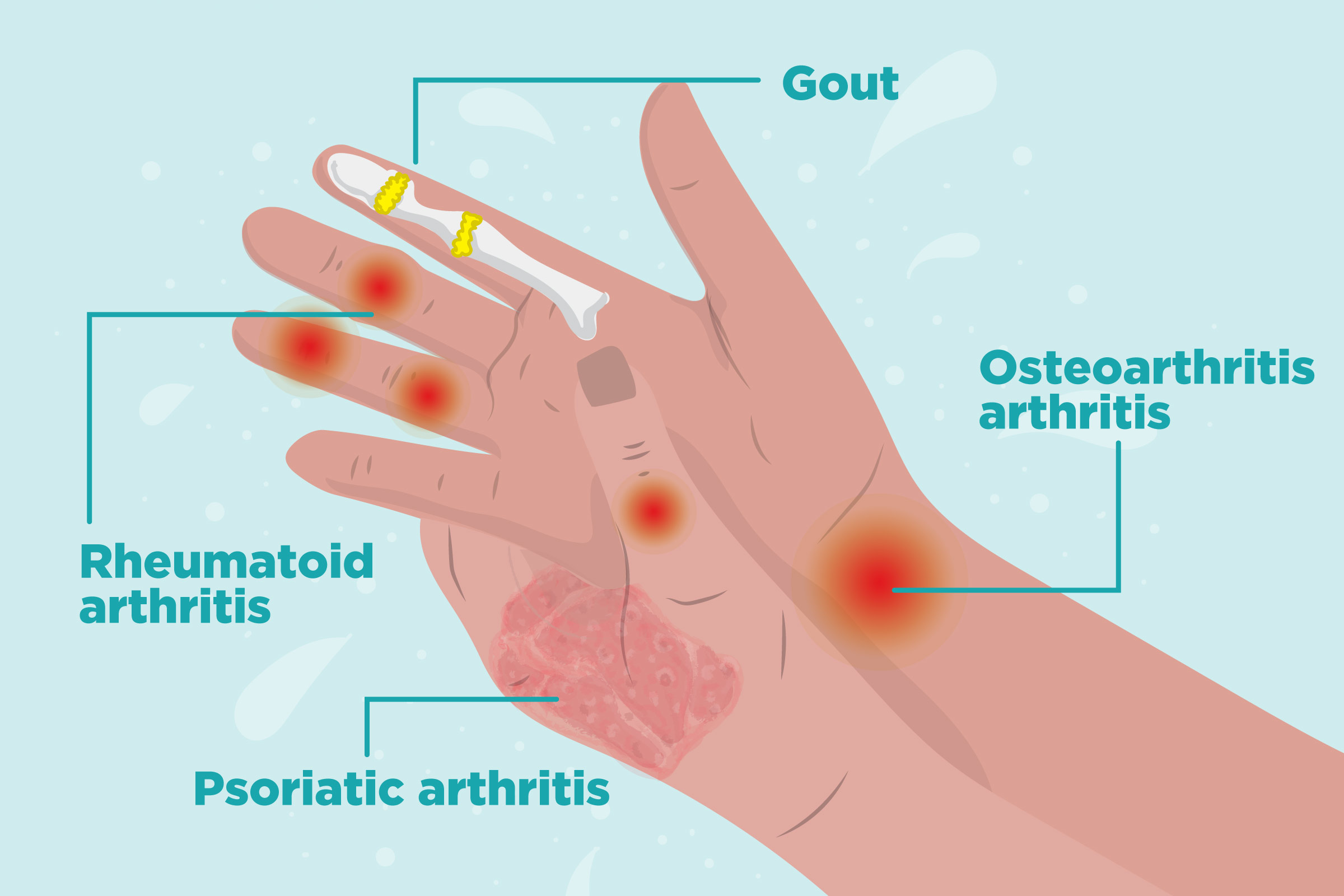 Activities such as biking, running, weight lifting and harsh workouts might need to be put on the back burner while the body adapts to new fuel sources. Avoid such types of exercise if a person experiences the keto flu. In such cases, light activities such as walking, yoga or leisure biking may improve signs.
Activities such as biking, running, weight lifting and harsh workouts might need to be put on the back burner while the body adapts to new fuel sources. Avoid such types of exercise if a person experiences the keto flu. In such cases, light activities such as walking, yoga or leisure biking may improve signs.
Get Enough Sleep
Fatigue and irritation are a few common complaints of individuals who are adapting to a ketogenic diet. Deficient sleep may result in increased levels of the stress hormone cortisol. And, this may negatively affect a person’s mood and worsen the keto-flu signs.
Using Mints
Individuals also use mints to cover keto breath. Slurping mints or chewing mint gum helps in hiding the smell of keto breath. Chewing gum also enhances the amount of saliva produced by a person. And, this helps in preventing the bacterial growth in a person’s mouth. Bacteria which is responsible for bad breath. As per a study, lack of saliva might be a cause of bad breath in the morning.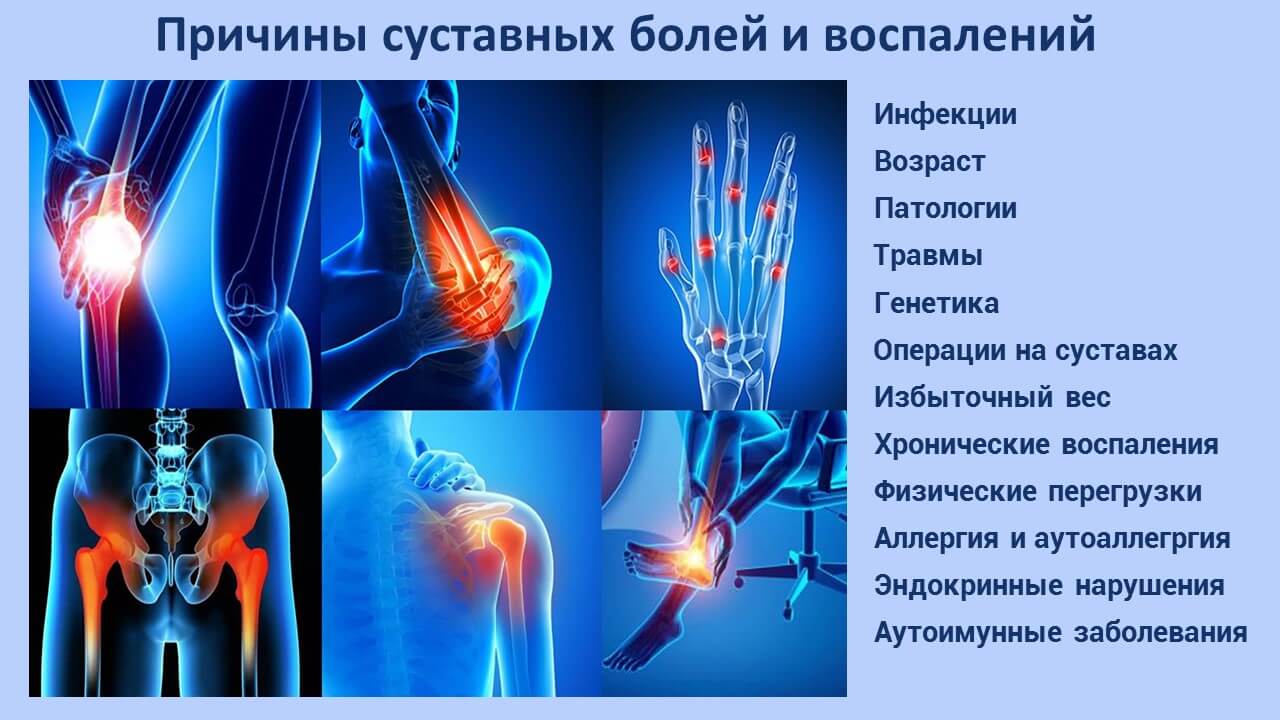 During the night, an individual’s mouth forms less saliva. And, this lets more bacteria to grow.
During the night, an individual’s mouth forms less saliva. And, this lets more bacteria to grow.
If a person is facing a difficult time falling or staying asleep, try these tips:
- Wake up early: Wake up at the same time daily. Also, avoid oversleeping. Both these help in normalizing the sleep patterns and improves the quality of sleep.
- Lower down the intake of caffeine: Caffeine is a stimulant having a negative impact on the sleep. If a person consumes caffeinated drinks, have them only in the morning. This won’t affect their sleep patterns.
- Take a bath: Including Epsom salt or lavender oil to bath is a relaxing way to relax and sleep properly.
- Ensure enough fat and carbs in the diet.
- Reduce ambient light: Switch off cell phones, televisions, or computers in the bedroom. This creates a dark ambience and supports a relaxing sleep.
Having enough fat (primary energy source) helps in decreasing cravings.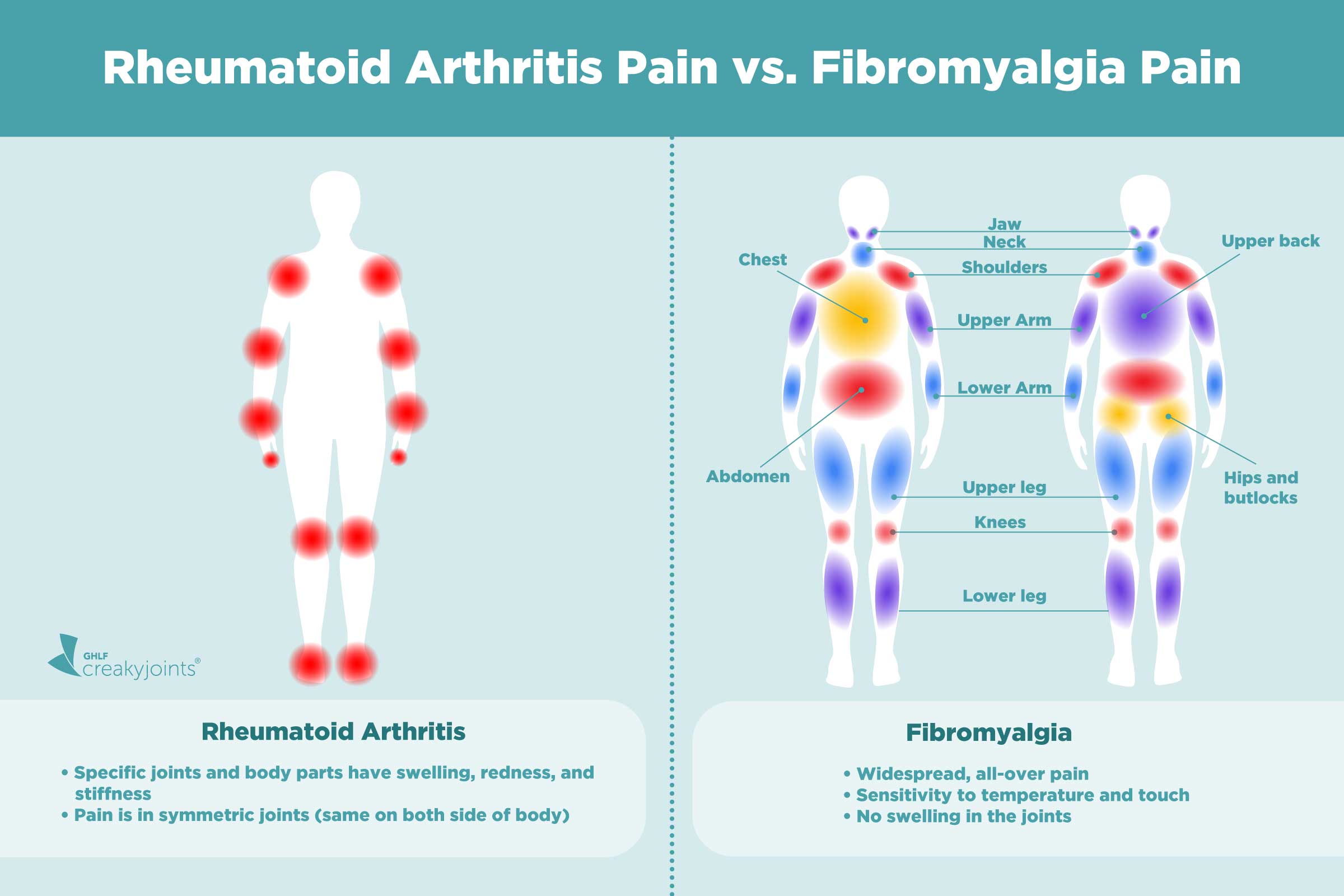 Also, they keep a person feeling satisfied. Low-carb diets aid in lowering cravings for sweets and high-carb foods.
Also, they keep a person feeling satisfied. Low-carb diets aid in lowering cravings for sweets and high-carb foods.
Also Read: Glycomet GP1 Tablet For Diabetes
Why Do People Get This Keto Flu?
People acclimatize to ketogenic diets in a different way. Few might experience weeks of keto-flu signs, while others might adapt to the new diet with no ill effects. The signs individuals experience relates to how their bodies adapt to a new energy source. Carbohydrates offer energy to the body in the form of glucose. On reducing the carbohydrates, body burns ketones from fat rather than glucose.
People who have lots of carbs, particularly refined carbs (pasta, sugary cereal and soda) might face a more difficult time while starting a ketogenic diet. As a result, the change to a high-fat, very low-carb diet can become a battle for few. Whereas, others might be capable of changing fuel sources easily with slight to no keto-flu signs.
The reason why individuals adapt to ketogenic diets than others remain unknown.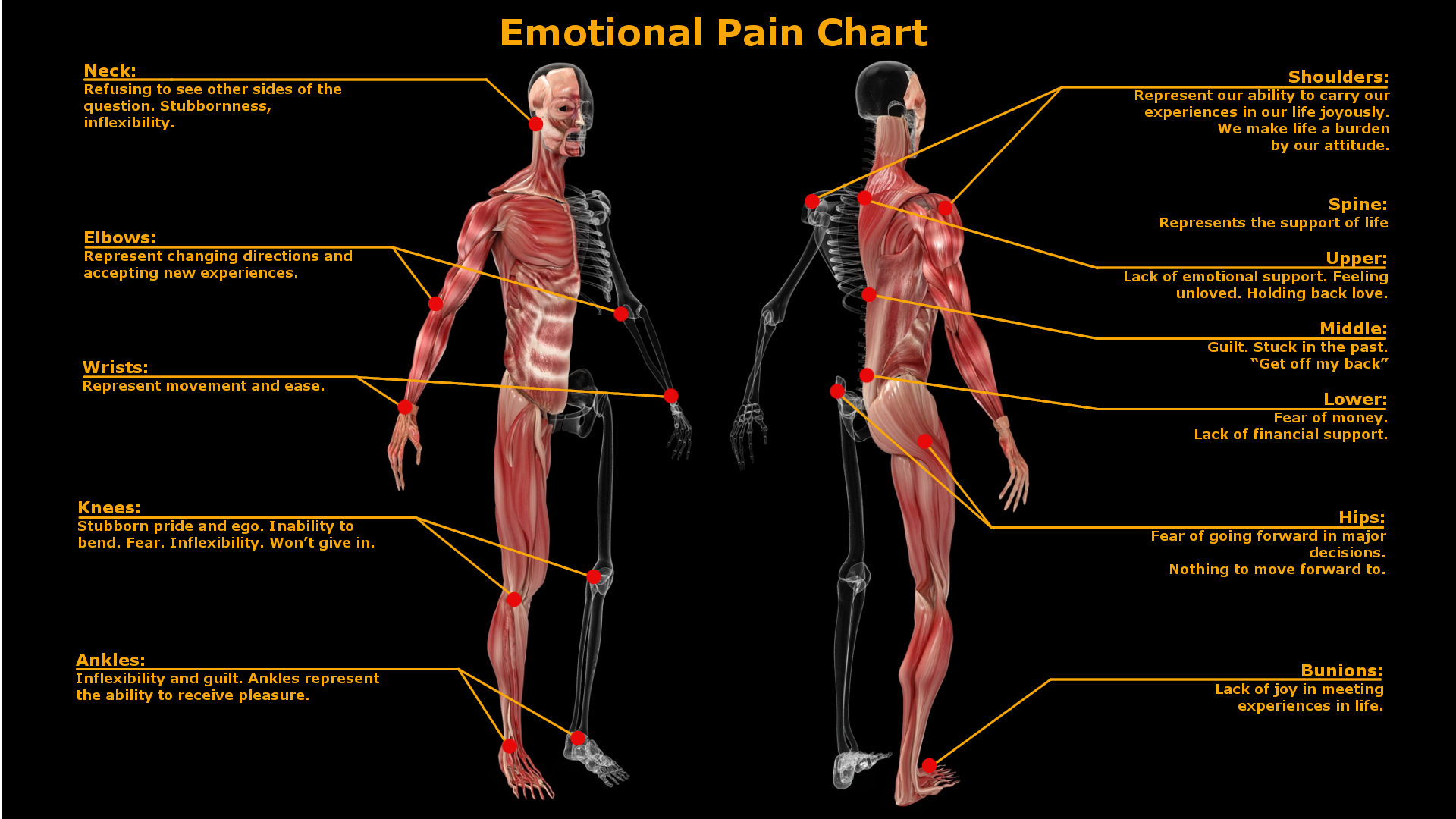 However, genetics, loss of electrolytes, carbs withdrawal, or dehydration are known to be the driving forces behind the keto flu.
However, genetics, loss of electrolytes, carbs withdrawal, or dehydration are known to be the driving forces behind the keto flu.
How Long Keto Flu Persists?
The painful signs of the keto flu only persist for about a week for many individuals. Yet, few individuals might face a more difficult time familiarizing to this high-fat, low-carb diet. For such people, signs might persist for a number of weeks. Such signs would slowly reduce as a person’s body gets used to changing ketones into energy. The signs of keto-flu are commonly reported by people shifting to a ketogenic diet.
Summary
Individuals with keto flu usually report abdominal signs, headaches, and weakness. The Keto diet is safe and the signs are generally minor and acute. Healthcare providers agree that the keto diet needs strict medical attention to be efficacious for weight loss. To reduce the risk of complications, individuals must begin the diet gradually and visit their doctors regularly. In addition, dietitians may help with easing into the dietary modifications. Incorporating certain dietary changes like having enough fluids and electrolytes helps in managing the signs of keto flu.
Incorporating certain dietary changes like having enough fluids and electrolytes helps in managing the signs of keto flu.
FAQs:
Why does a person feel weak on keto?
With inadequate energy in the form of fats, individuals might experience feelings of fatigue or weakness on keto. They’re not consuming in a regular manner. A person’s meal schedule might also have an effect on their energy levels. Consuming regularly is one of the appropriate ways to deliver plenty energy to the body.
Is joint pain a sign of keto flu?
Keto diet contains a rich amount of purine foods. Purine is a chemical that a person’s body breaks down into uric acid. Gout occurs when there’s an excess of uric acid in the blood. Too much of uric acid may produce needle-like crystals in a joint. And, this may result in pain, tenderness, inflammation, and redness.
Does every person get keto flu?
Keto flu is somewhat non-specific and not every person gets it. But nutritionists portray it as just usually not feeling well.
But nutritionists portray it as just usually not feeling well.
How long after beginning keto does a person gets the keto flu?
Keto flu is a range of signs that might arise 2-7 days after beginning a ketogenic diet. Headache, irritation, nausea, foggy brain, weakness, difficulty sleeping, and constipation are a few signs of this condition.
References:
- https://www.healthline.com/nutrition/keto-flu-symptoms#how-long-it-lasts
- https://www.medicalnewstoday.com/articles/326276
Last Updated on by Dr. Damanjit Duggal
Mojo Academy VIDEO|Get Relief from Joint Pain on Keto Diet
Learn How to Get Rid of Joint Pain on the Ketogenic Diet
When the temperature starts to drop, sometimes you notice a little more pain and pain that seems to come out of nowhere. Hi, I’m Thomas DeLauer with Keto Mojo and I’m sharing how the ketogenic diet can help you when it comes to easing some of those winter blues and those winter pains.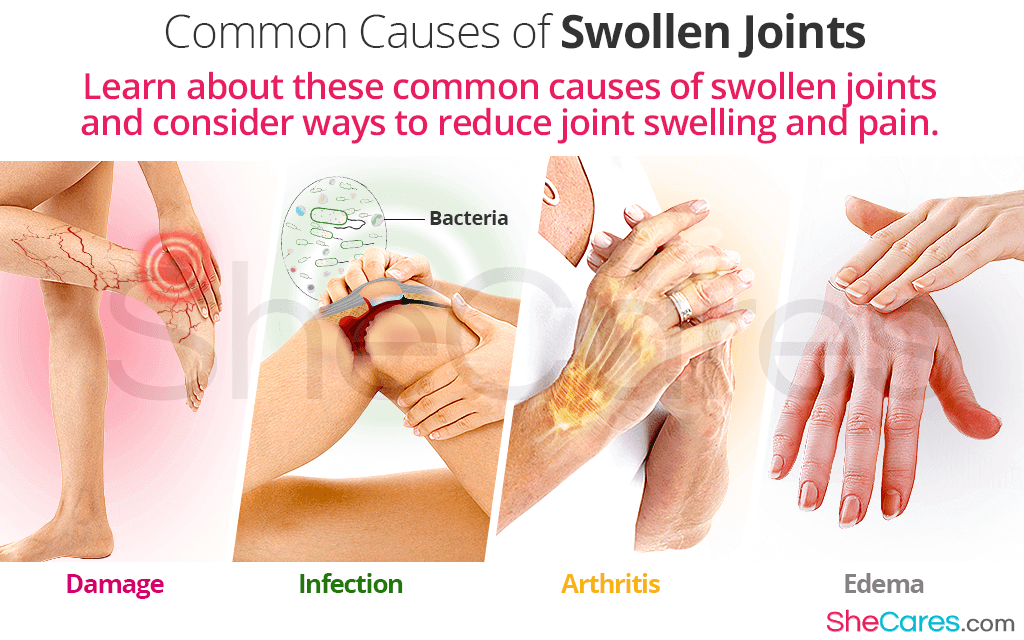 You see, no one knows the exact answer as to why we notice a little more joint pain during the winter months, but there are some links to barometric pressure affecting inflammation, and this could be one way we can look at it. .
You see, no one knows the exact answer as to why we notice a little more joint pain during the winter months, but there are some links to barometric pressure affecting inflammation, and this could be one way we can look at it. .
What is Inflammasome?
The reality is that inflammation generally affects our joints. You see, when we talk about the different ways our body causes pain, we have to look at something known as NLRP3 inflammation. You could say it’s unpleasant, but we’ll just call it “inflammatory” for short. Skin inflammation is a specific pathway in our body that reacts to different things that happen. For example, if we take in toxins or take in too much sugar, or if we have local toxins, things get triggered in our own bodies. What can happen is that the inflammation kicks in and triggers the release of additional interleukins, additional cytokines that cause inflammation.
Arthritis and chronic joint pain
When we look at conditions like arthritis or any kind of chronic joint pain, we usually associate it again with this NLRP3 inflammation because what’s happening is happening in terms of inflammation, even in terms of the immune system.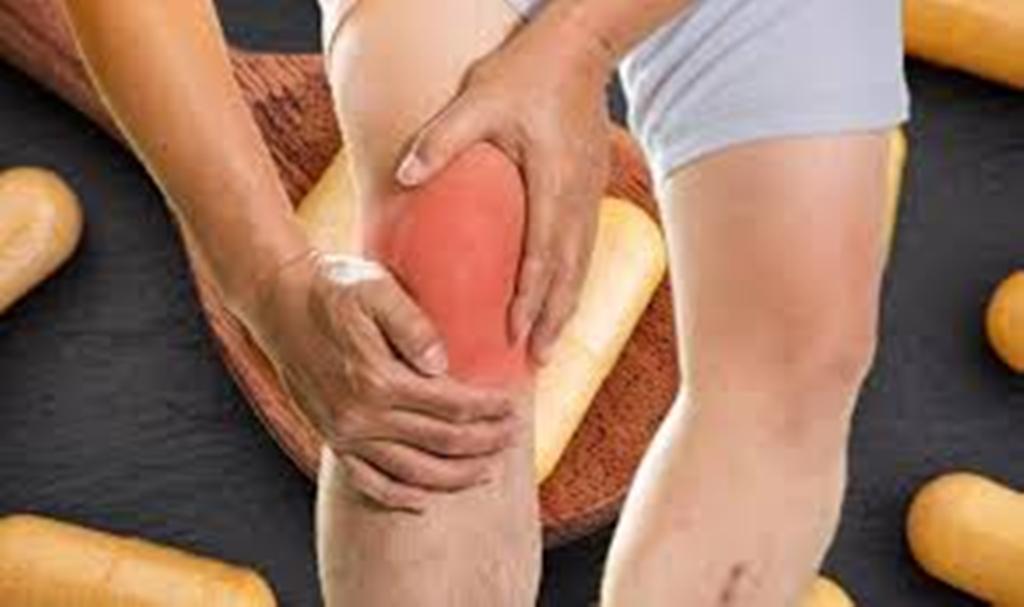 Our body’s immune system and its innate ability to fight disease and fight infection overreact for one reason or another. Now, with rheumatoid arthritis like this, it’s usually some kind of autoimmune problem. Our body literally struggles with a particular joint for one reason or another. In the case of traditional osteoarthritis, we usually look at small bouts of inflammation that come from external causes at some point. But it all comes down to that inflammation and inflammation. You see, if this inflammation did not exist, then we would never have a way to eventually cause this inflammation. Now that this can be good and bad, we need to bring on this inflammation, because that’s how we’re actually going to heal. But when it is chronic and it never stops, you experience a constant state of pain.
Our body’s immune system and its innate ability to fight disease and fight infection overreact for one reason or another. Now, with rheumatoid arthritis like this, it’s usually some kind of autoimmune problem. Our body literally struggles with a particular joint for one reason or another. In the case of traditional osteoarthritis, we usually look at small bouts of inflammation that come from external causes at some point. But it all comes down to that inflammation and inflammation. You see, if this inflammation did not exist, then we would never have a way to eventually cause this inflammation. Now that this can be good and bad, we need to bring on this inflammation, because that’s how we’re actually going to heal. But when it is chronic and it never stops, you experience a constant state of pain.
Nature Medicine Journal
So where does the ketogenic diet come into play? Well, this comes into play when we look at NLRP3 inflammation and how ketones actually block that pathway.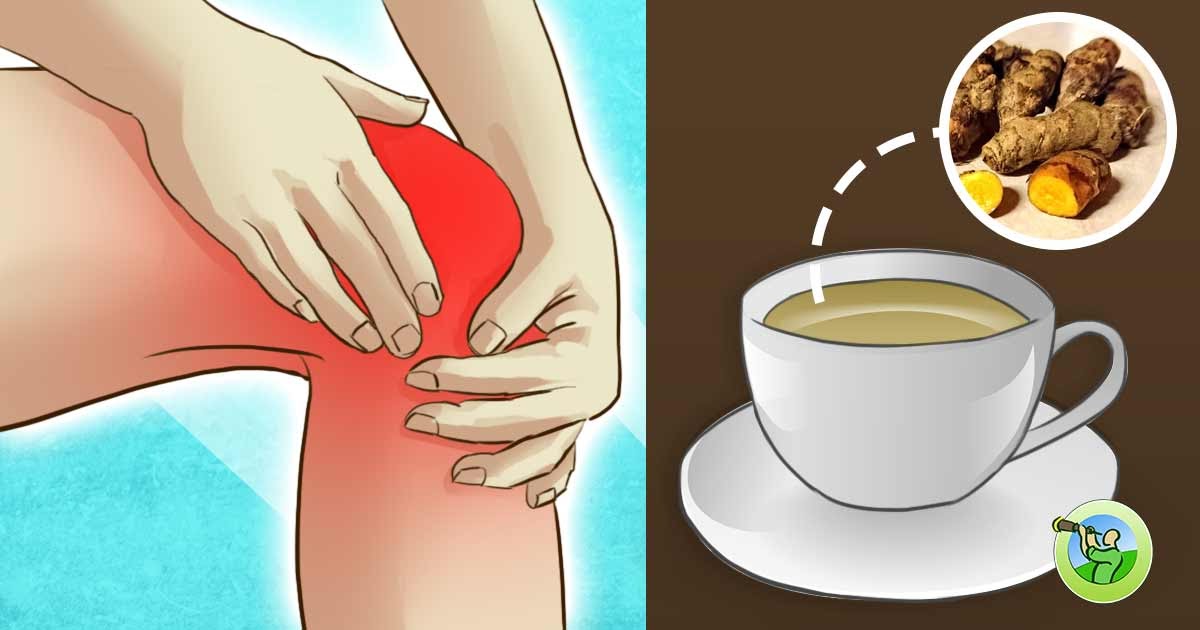 A study was published in the journal Nature Medicine that found that beta-hydroxybutyrate, the primary ketone organism, and again the ketone organism you test with the Keto-Mojo meter, actually stops the NLRP3 inflammation pathway. It literally stops him in his tracks. So that means you have the ability to blunt inflammation through that particular pathway. By blunting inflammation along this pathway, you also blunt the activation of so-called interleukin-1 beta and interleukin-18. These are two specific inflammatory cytokines that have very close ties to our joints. When it gets cold and we feel the effects of inflammation a little more, you just feel the effect of these cytokines, these interleukins are much stronger. So this means you can experience a pretty profound difference in how you feel when going on a ketogenic diet, especially during the winter months, because you’re blocking something that’s usually triggered more often, or you feel more when it’s cold outside. .
A study was published in the journal Nature Medicine that found that beta-hydroxybutyrate, the primary ketone organism, and again the ketone organism you test with the Keto-Mojo meter, actually stops the NLRP3 inflammation pathway. It literally stops him in his tracks. So that means you have the ability to blunt inflammation through that particular pathway. By blunting inflammation along this pathway, you also blunt the activation of so-called interleukin-1 beta and interleukin-18. These are two specific inflammatory cytokines that have very close ties to our joints. When it gets cold and we feel the effects of inflammation a little more, you just feel the effect of these cytokines, these interleukins are much stronger. So this means you can experience a pretty profound difference in how you feel when going on a ketogenic diet, especially during the winter months, because you’re blocking something that’s usually triggered more often, or you feel more when it’s cold outside. .
If you’re someone who’s experiencing joint pain this winter, or you’re just experiencing joint pain in general, you may find that when you start the ketogenic diet, the joint pain disappears or doesn’t feel as deep. You don’t feel it that much, and honestly, it’s just good old-fashioned beta-hydroxybutyrate flowing through your bloodstream. So if you want to make sure you have enough BHB in your bloodstream, you need to make sure you’re in that deep state of ketosis, which will give you results and get you out of the pain you’re trying to get rid of, you & #8217 ; you want to use Keto-Mojo Meter . So you can check your blood and ketone levels to make sure what you feel is real. As always, make sure you keep it here with Keto-Mojo. See you in the next video.
You don’t feel it that much, and honestly, it’s just good old-fashioned beta-hydroxybutyrate flowing through your bloodstream. So if you want to make sure you have enough BHB in your bloodstream, you need to make sure you’re in that deep state of ketosis, which will give you results and get you out of the pain you’re trying to get rid of, you & #8217 ; you want to use Keto-Mojo Meter . So you can check your blood and ketone levels to make sure what you feel is real. As always, make sure you keep it here with Keto-Mojo. See you in the next video.
How the Ketogenic Diet Reduces Inflammation – KETO-MOJO
If you’ve heard of the ketogenic diet in regards to treating or eliminating inflammation in the body, there’s a good reason: in addition to being great for weight loss, the ketogenic diet is a natural anti-inflammatory effect . On a keto diet, you cut down on carbs/sugar. In doing so, you reduce the amount of foods that fuel inflammation. In fact, the first thing that happens when you go on a ketogenic diet is rapid weight loss. This is you saying goodbye to bloating that accompanies inflammation. But keto and inflammation aren’t everything, and we explore it all here.
This is you saying goodbye to bloating that accompanies inflammation. But keto and inflammation aren’t everything, and we explore it all here.
What is inflammation?
Inflammation is the body’s natural response to injury and infection. White blood cells and the substances they produce enter the body to fight off organisms, bacteria, viruses, and anything foreign to your body that poses a threat. And while it is a very important process for maintaining our health, too much inflammation can cause problems in the body, including muscle and joint pain, redness, swelling, stiffness, fatigue, headaches, and more. Even worse, more and more diseases and disorders are associated with inflammation, including Alzheimer’s disease, dementia, autoimmune disorders, and Parkinson’s disease.
When discussing inflammation, NLRP3 inflammatory diseases cannot be excluded. NLRP3 inflammations are a group of protein complexes that form to mediate immune responses to microbial infection and cell damage. NLRP3s play an important role in innate immunity, which is our ability to fight pathogens (bacteria, fungi, and viruses) that we have never encountered before. It is our first line of defense to protect our body from external threats. And since its discovery in 2002, NLRP3 has become an important topic when considering inflammation due to its alleged involvement in several autoimmune diseases (lupus, rheumatoid arthritis, systemic sclerosis, and inflammatory bowel disease). New and ongoing research around the process of activation and regulation of NLRP3 inflammation through macrophage therapy (macrophages are a type of white blood cell that feeds on cancer and other unwanted cells) to help mitigate the dysregulation that leads to autoimmune disorders, chronic inflammation and metabolic disease. (Dysregulation typically causes an imbalance of pro-inflammatory cytokines, and activated NLRP3 inflammation controls and helps regulate pro-inflammatory cytokine levels.
NLRP3s play an important role in innate immunity, which is our ability to fight pathogens (bacteria, fungi, and viruses) that we have never encountered before. It is our first line of defense to protect our body from external threats. And since its discovery in 2002, NLRP3 has become an important topic when considering inflammation due to its alleged involvement in several autoimmune diseases (lupus, rheumatoid arthritis, systemic sclerosis, and inflammatory bowel disease). New and ongoing research around the process of activation and regulation of NLRP3 inflammation through macrophage therapy (macrophages are a type of white blood cell that feeds on cancer and other unwanted cells) to help mitigate the dysregulation that leads to autoimmune disorders, chronic inflammation and metabolic disease. (Dysregulation typically causes an imbalance of pro-inflammatory cytokines, and activated NLRP3 inflammation controls and helps regulate pro-inflammatory cytokine levels.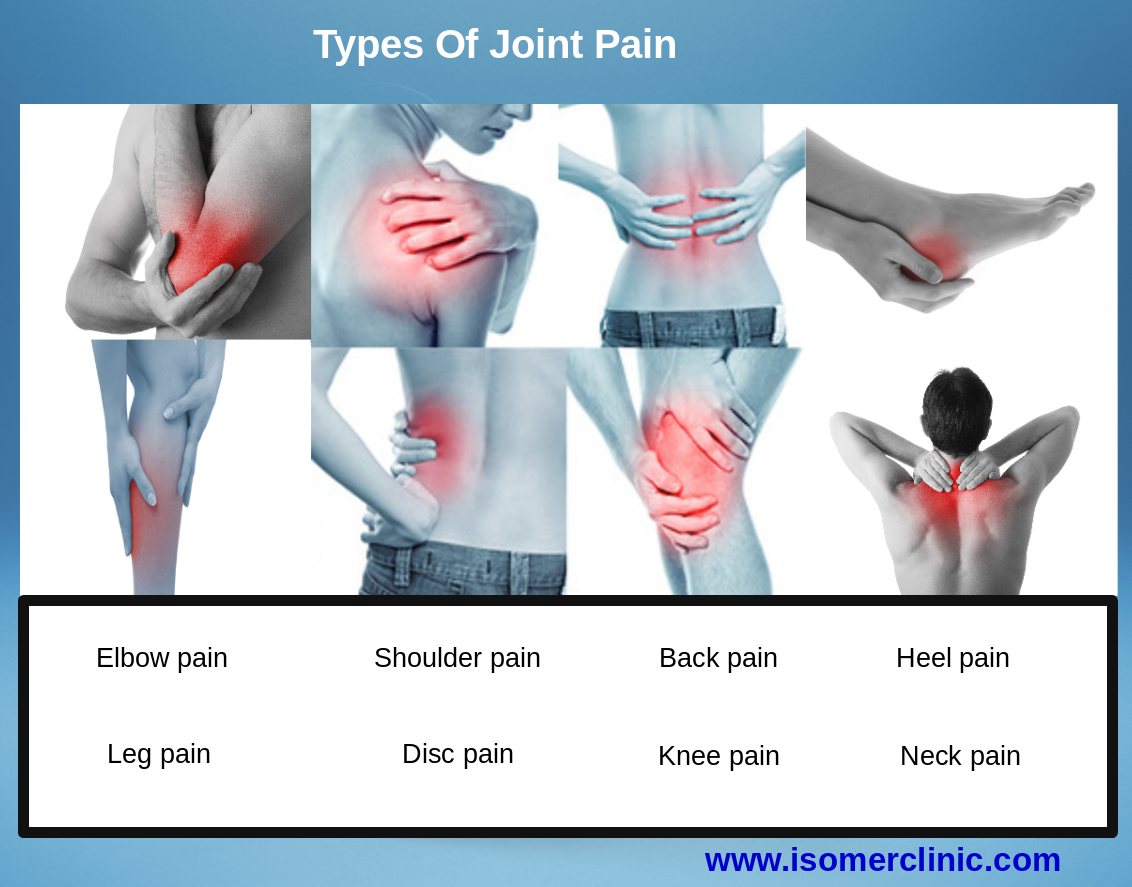 )
)
How does the ketogenic diet help with inflammation?
As we mentioned earlier, the ketogenic diet is naturally rich in many anti-inflammatory foods. It is also devoid of foods known to cause inflammation. See for yourself with the two lists below highlighting many anti-inflammatory foods and foods that cause inflammation
Anti-inflammatory products
The following foods help fight inflammation in the body.
- eggs
- Olive oil
- Avocado
- Avocado oil
- Oily fish (tuna, salmon, herring)
- Spinach
- Chard
- cabbage
- kale
- Cauliflower
- Broccoli
Inflammatory products
It’s not enough just to eat good things. You’ll also benefit by avoiding the harmful substances (hello, starchy carbs) listed below. All foods are excluded from a well-balanced ketogenic diet.
- Sugars
- Processed grains (wheat, rice, barley)
- Starchy vegetables (potatoes, sweet potatoes, yams, squash flour)
- High fructose fruits (bananas, pineapples, oranges)
- Corn oil
- Safflower Oil
- Soybean oil
- Processed foods
The role of ketones in fighting inflammation
When you follow the ketogenic diet correctly, you are constantly in a state of ketosis.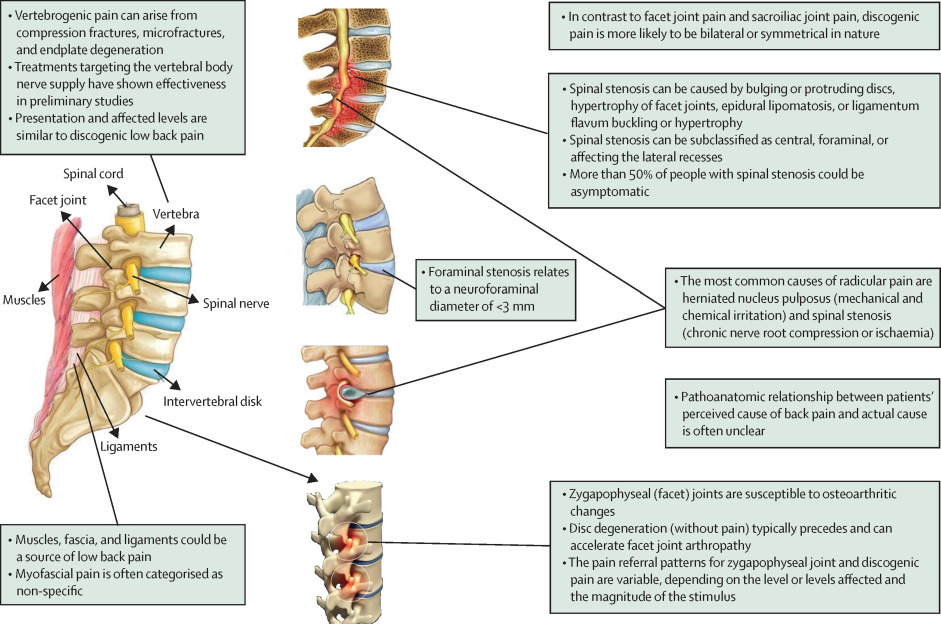 This means your body is producing the ketone BHB (beta hydroxybutyrate), which has has been proven to be associated with the activation of genes that improve mitochondrial function and reduce oxidative stress. ketosis also activates the AMPK (activated protein kinase) pathway , which aids in energy regulation and suppression of the inflammatory Nf-kB pathway . (Nf-kB stands for the nuclear factor kappa light chain enhancer of activated B cells; it is a protein complex that controls DNA transcription, cytokine production, and cell survival, so inhibition of inflammation in these pathways is important for cell health.)
This means your body is producing the ketone BHB (beta hydroxybutyrate), which has has been proven to be associated with the activation of genes that improve mitochondrial function and reduce oxidative stress. ketosis also activates the AMPK (activated protein kinase) pathway , which aids in energy regulation and suppression of the inflammatory Nf-kB pathway . (Nf-kB stands for the nuclear factor kappa light chain enhancer of activated B cells; it is a protein complex that controls DNA transcription, cytokine production, and cell survival, so inhibition of inflammation in these pathways is important for cell health.)
Chronic inflammation and oxidative stress are considered to be two key factors in the development of Alzheimer’s disease and other neurodegenerative diseases. Studies show that the presence of ketones can reduce neuroinflammation.
There are also more convincing statistics. High-Tech Wellness Company VirtaHealth has conducted a number of clinical studies on nutritional ketosis and chronic diseases affected by inflammation. In one study, white blood cell count and C-reactive protein (CRP) were dramatically reduced in the low-carbohydrate ketogenic diet group compared to the conventional treatment group at follow-up at one and two years. In particular, the one-year reduction in CRP levels in the ketogenic diet group was comparable in magnitude (35 to 40 percent) to that seen with the most potent statins. But unlike statin, which appears to be primarily CRP-focused and does not affect white blood cell counts, nutritional ketosis targets both (lowering both white blood cells and CRP), providing a more balanced effect on the network of interacting bioactive components. affecting inflammation.
In one study, white blood cell count and C-reactive protein (CRP) were dramatically reduced in the low-carbohydrate ketogenic diet group compared to the conventional treatment group at follow-up at one and two years. In particular, the one-year reduction in CRP levels in the ketogenic diet group was comparable in magnitude (35 to 40 percent) to that seen with the most potent statins. But unlike statin, which appears to be primarily CRP-focused and does not affect white blood cell counts, nutritional ketosis targets both (lowering both white blood cells and CRP), providing a more balanced effect on the network of interacting bioactive components. affecting inflammation.
Last word
Overall, a ketogenic low-carbohydrate diet has many anti-inflammatory effects and immune health benefits that can help prevent and relieve chronic pain and reduce many autoimmune diseases and their symptoms. Because the benefits can be life-changing for some, it’s worth exploring healthy eating changes with your health care providers to see how the ketogenic diet can be used to help you manage your own inflammation and induce anti-inflammatory effects, even as a precaution.
